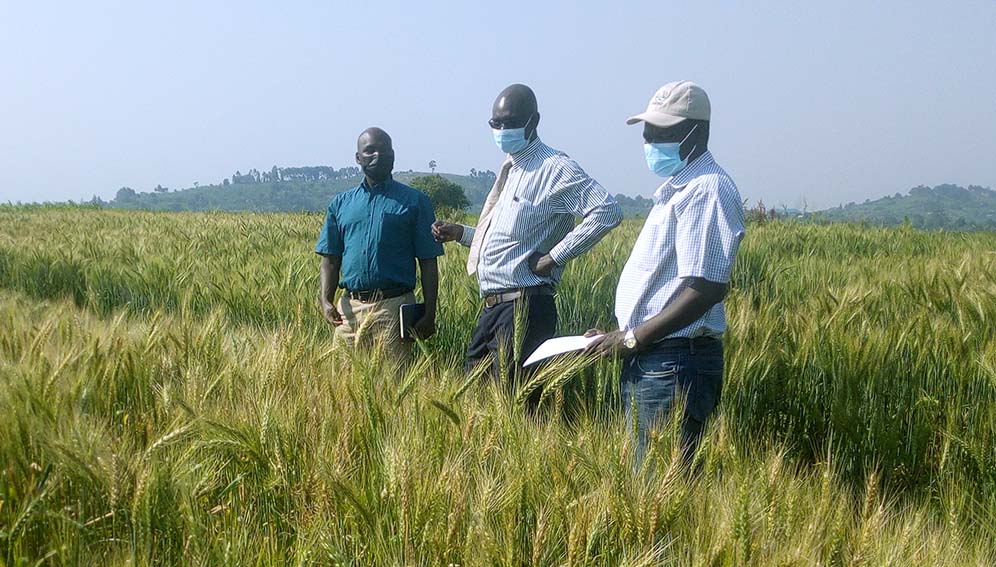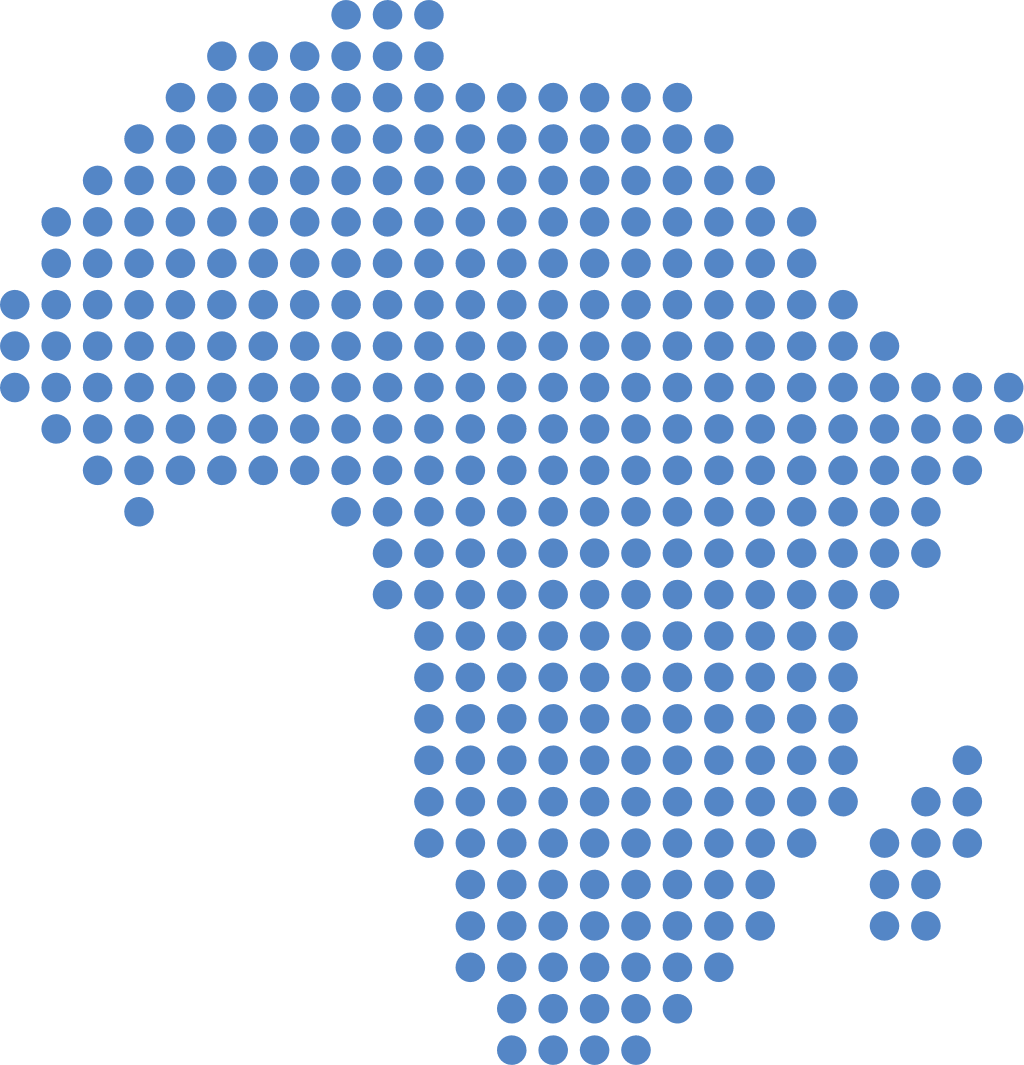SGCI News
In its 2022 National Research Outlook report, the Uganda National Council for Science and Technology (UNCST) points out that the proportion of women in the country’s research and higher education…
- The absence of appropriate legislation is one of the factors that perpetuate this gender inequality
- In Uganda, only 28% of researchers are women, and 24% of PhD holders are women
- Inequality manifests itself in differences in remuneration and human behaviour
In its 2022 National Research Outlook report, the Uganda National Council for Science and Technology (UNCST) points out that the proportion of women in the country’s research and higher education institutions has increased over the past 15 years.
However, as the same document points out, only 28% of Ugandan researchers are women. A percentage that tends to be even lower in fields generally dominated by men, such as engineering and technology.
Furthermore, between 2010 and 2020, less than a quarter (24%) of PhD graduates in Uganda were women.
These figures highlight the problem of gender inequality in scientific research in Africa.
A subject that is one of the main focuses of the SGCI(Science Granting Councils Initiative)[1]a program implemented in West, East and Southern Africa to strengthen the capacities of research granting bodies.
Supported by the International Development Research Centre (IDRC) and five other organizations[2], the SGCI aims to promote evidence-based research and policy that will contribute to economic and social development.
Diakalia Sanogo, Senior Program Specialist for IDRC’s Regional Office for West and Central Africa, has a clear idea of the reasons for this persistent gender inequality.
Indeed, it states that the lack of appropriate legislation and weak implementation of science and research funding policies have been obstacles to achieving gender equality and inclusion.
“Much has been done to mainstream gender equality and inclusivity, particularly in science, technology and innovation, but gender transformation needs real solutions,” says the researcher.
Diakalia Sanogo points out in passing that these inequalities manifest themselves “in pay differentials and in human behavior. That’s why we say it’s important to get rid of negative behavior by raising awareness through dialogue”.
For Ingrid Lynch, principal investigator of the SGCI project on gender equality and inclusiveness, the manifestations of this inequality can be seen fairly early on in the education system. According to her, one of the first places where girls are lost in the education system is at elementary school level.
“We have many policy responses that are trying to solve this part of the leaky pipeline,” says Ingrid Lynch, who also works at the Human Sciences Research Council in South Africa
She also draws attention to the fact that only a handful of countries have so-called continuation policies where girls are genuinely supported to gain full access to their right to education.
In Sierra Leone, for example, she points out, girls can stay in school as long as they like, and return after giving birth.
Steven Sebbale, a member of Uganda’s National Council for Science and Technology, believes that finding the solution to gender inequalities means examining the structural, historical and contextual contradictions that perpetuate gender problems within the system.
By way of example, he mentions the geographical disparity between universities. With public universities having an over-concentration of research activity in urban centers, and most remote universities being left behind. The researchers who work there are not exposed to grant opportunities.
“We created an alliance for gender equity in research, which essentially brought researchers from these different satellite universities around the table to hear their stories, and we were able to develop a roadmap for inclusive research and education grants,” says Steven Sebbale.
The aim, he says, is “to enable these universities to develop gender policies and deconstruct some of these long-standing disparities”.
17 African countries are participating in this program. These are Kenya, Rwanda, Uganda, Tanzania, Ethiopia, Burkina Faso, Côte d’Ivoire, Ghana, Nigeria, Senegal, Sierra Leone, Botswana, Malawi, Namibia, Mozambique, Zambia and Zimbabwe.
[1 ] Scientific Research Granting Agencies Initiative (SRGI)
[2 ] The Swedish International Development Cooperation Agency (Sida), the Norwegian Agency for Development Cooperation (Norad), the UK Foreign, Commonwealth and Development Office (FCDO), South Africa’s National Research Foundation (NRF) and the German Research Foundation (DFG).
Related News
In case you missed it: Stories driving science impact across Africa
As the Science Granting Councils Initiative (SGCI) prepares to roll out a new phase of activities, we revisit some of our most-read stories highlighting how stronger research systems, innovation, and climate-resilient science are delivering impact across Africa. From strengthening national research systems and financing mechanisms…
Towards 2026: African innovations pointing to what comes next
As we step into 2026, research-driven innovation continues to shape how communities respond to long-standing development challenges, from health and food security to climate resilience, jobs, and sustainable industry. Backed by the Science Granting Councils Initiative (SGCI), these projects show how local science, when aligned…
Innovation highlight series: part three
Across Africa, locally driven research is delivering practical solutions to some of the continent’s most pressing development challenges, from food security and clean energy to livelihoods and industrial efficiency. Supported by the Science Granting Councils Initiative (SGCI), these innovations show how targeted funding, skills development,…
SGCI funded projects
Rwanda’s integrated approach to sustainable agriculture and nutrition
Project Titles & Institution Areas of Research Number of Projects being funded Project Duration Grant Amount In-Kind Distribution Council Collaboration with other councils





